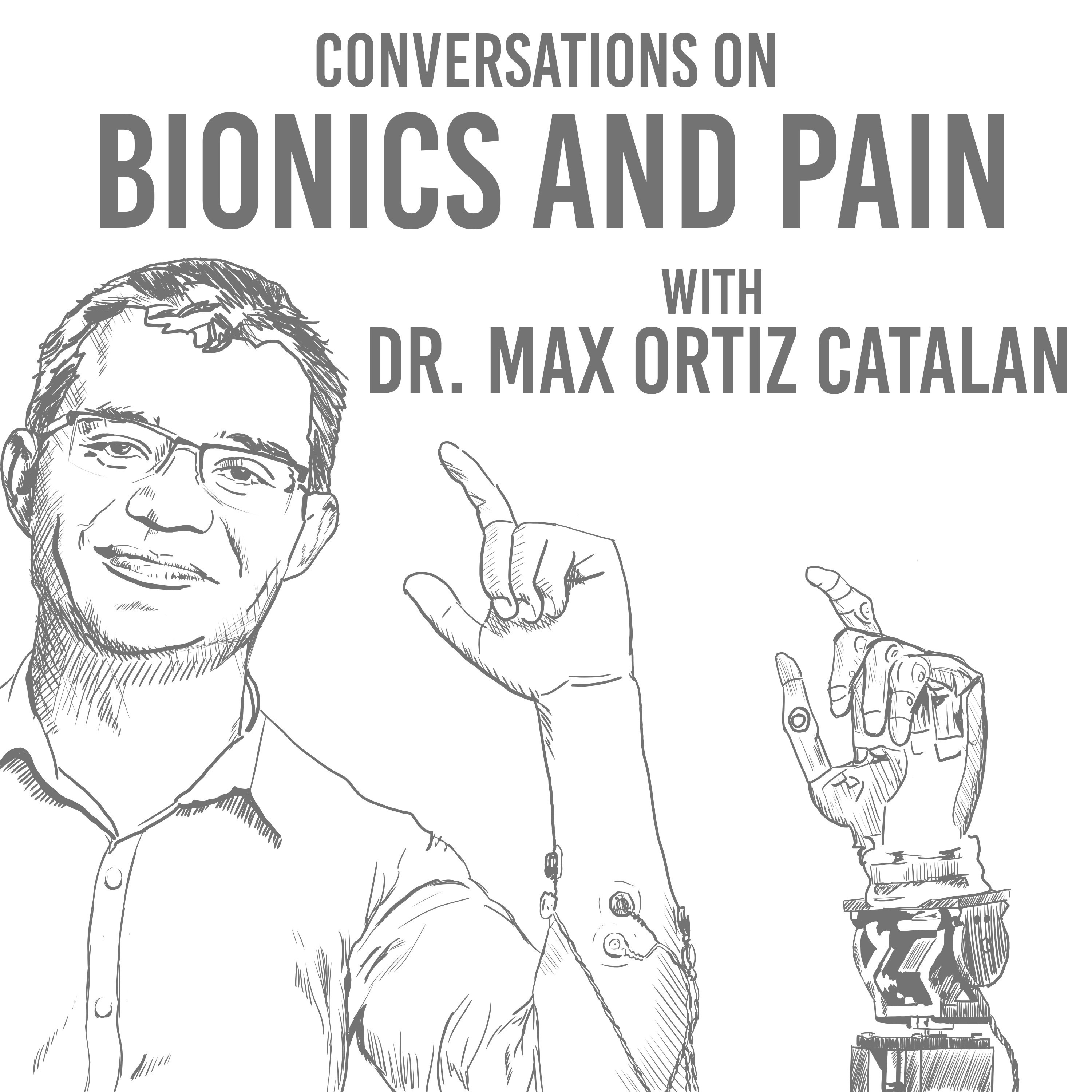1 Prof. Gerald E. Loeb | Neuroprostheses
1h 44m | Jan 1, 2021Interview with Dr. Gerald E. Loeb, Professor on Biomedical Engineering and Neurology at the University of Southern California in L.A., USA. He has written hundreds of scientific articles and holds over 70 patents on medical devices (google scholar). He has conducted pioneer work on motor, visual, and auditory neuroprostheses, from basic and translational research to entrepreneurship for making such technologies available to patients.
In this interview, we discuss his career path, contributions to different neuroprostheses, and the challenges faced during clinical implementation and commercialization. We also discuss the reasons to conduct a Ph.D. and subsequent career options. We finalize with a discussion on the human body as a machine (or not), and on descriptive and normative views of our jobs in society.
Interview by Dr. Max Ortiz Catalan, Assoc. Prof. on Bionics and Director of the Center for Bionics and Pain Research (Social media: FB, TW, IG, and LI).
Episode timestamps
(00:00) Coming up
(02:31) Intro to CBP
(03:40) Summary
(06:28) Career path
(10:41) Switch from NHS to Academia
(12:51) Motor neuroprosthesis – The Bionic Neuron (BION)
(17:40) Challenges to commercialize medical devices
(27:08) Explanting the device
(29:58) Hearing neuroprosthesis – Cochlear implants
(34:30) Visual neuroprosthesis – Cortical visual implants
(39:15) Motor neuroprosthesis – FreeHand System
(40:49) Sensing Touch and entrepreneurship – SynTouch's BioTac
(53:10) Commercializing research and intellectual property (patents)
(1:00:05) Provisional patents
(1:06:52) When to move on – changing to new fields
(1:10:00) Difference between Academia and Industry
(1:13:01) New technologies for neural interfacing
(1:15:30) Restoring touch in hand prostheses
(1:24:33) Why doing a Ph.D.? and then?
(1:28:45) Upcoming book
(1:31:30) The human body as a machine
(1:39:34) Solving problems or creating markets?
